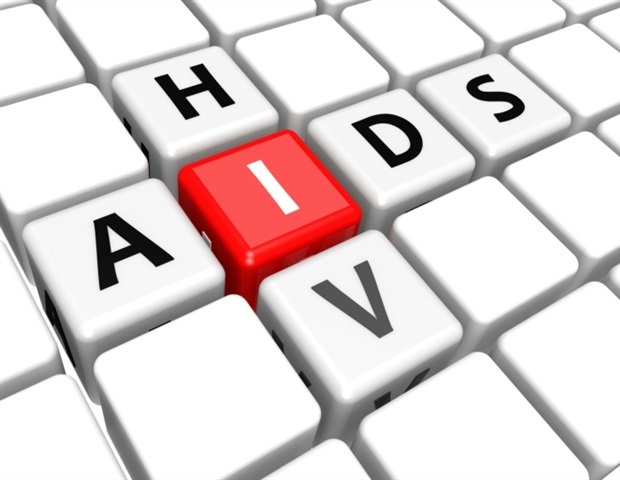[ad_1]
A review of research to date reveals the complex nature of disclosing a sexually transmitted infection (STI) diagnosis to a partner before engaging in sexual activity.
Because individuals experience a variety of feelings and emotions related to the prospect of disclosure, research shows that only about half or fewer of individuals felt able to disclose their diagnosis to a partner prior to sexual engagement.
Peer-reviewed results, published today in The Journal of Sex Researchalso show that a similar number of people thought they should have to disclosing an STI to a partner before having sex.
In order to stop the spread of the infections studied – which exclude HIV – the team of experts from the University of Tennessee advocates that comprehensive sexuality education be provided throughout life: from youth to adulthood. the end of adulthood.
“Many people do not have sufficiently comprehensive sex education,” the authors state in the article.
“Rather than learning how to use prophylaxis correctly, identifying its limitations, and understanding the scope and transmissibility of STIs, young people are simply encouraged to abstain.
“People diagnosed with an STI may find themselves in vulnerable positions and face difficult decisions, the consequences of which can harm their identity and relationships.
“The disclosure process is complex. Some contexts, particularly committed relationships, elicit disclosure, while others inhibit it. Disclosure is an interpersonal process that involves not only the individual faced with the decision to disclose, but also the intended recipient.”
Overall, they say their findings “highlight the need for comprehensive, ongoing sexual health education across the lifespan and an increase in the number of (U.S.) states that offer comprehensive sexuality education “.
About one in five people in the United States suffer from an STI at some point, with more than 26 million incidents reported to health departments.
Chlamydia, gonorrhea and syphilis are at record levels for several years and continue to rise, according to official data.
Methods recommended by the Centers for Disease Control and Prevention to prevent infections include talking to partners about their sexual history, such as disclosing an active STI, as well as using prophylaxis (such as using condoms , oral dams, vaccines).
Some public health agencies, particularly in the United States, recommend disclosing an active STI.
However, this new review – which looked at 32 articles – shows that fear can stop many people from revealing their diagnosis.
Other reasons include: people believing that condom use provides sufficient protection; a lack of obligation such as a one-night stand situation; and the fear of being broken up. Some even described the “passage” as uninfected to avoid having to say it.
People who revealed it to their partner did so out of love, a sense of moral obligation, or for reasons related to the relationship, such as a greater level of commitment, better relationship quality, the length of time spent together and a feeling of closeness.
Disclosers used various ways to inform people of their STI status. Non-disclosers used strategies to pass as uninfected, withdraw from relationships, and use STI outbreaks to plan sexual activity.
In the review, herpes and HPV were the most mentioned, while chlamydia, gonorrhea and trichomoniasis were also common. The results also revealed that the experiences of people who have been exposed to STIs are not well represented in such studies.
“One of the key factors that determines whether a person will disclose is the intended recipient. How the recipient will react and the relationship with the recipient can have a crucial influence on the discloser,” the authors add.
“As such, it is imperative that we study recipients’ experiences to understand the process of STI disclosure more comprehensively. This is so that we can continue to improve sexual health education and care for all .”
Existing research on STIs has limitations such as lack of data on sexual orientation. As such, the aim of the review authors was to fill knowledge gaps and identify areas for future study.
Their goal was to self-disclose STIs to current and former partners. Disclosure is the voluntary or involuntary sharing of personal information with another person, such as that they have an STI.
This differs from partner notification, which is similar to contact tracing and may involve the use of anonymous messaging services.
Limitations of the article concerned only the English-language research reviewed, as well as the limited number of reviewers.
Moving forward, the authors suggest that future research should be careful to take a destigmatizing approach.
“Engaging in conversations about sexual health is everyone’s responsibility,” they conclude.
Source:
Journal reference:
McMahan, KD and Olmstead, SB (2024) Disclosure of sexually transmitted infections to sexual partners: a systematic critical review of the literature. The Journal of Sex Research. doi.org/10.1080/00224499.2024.2343927.
[ad_2]
Source link
